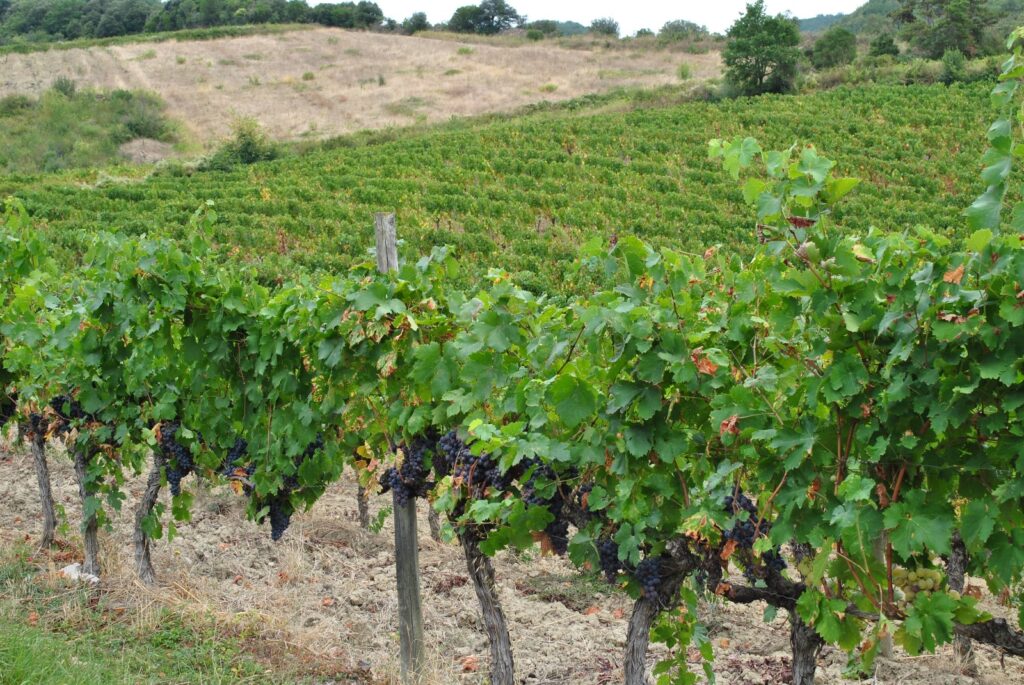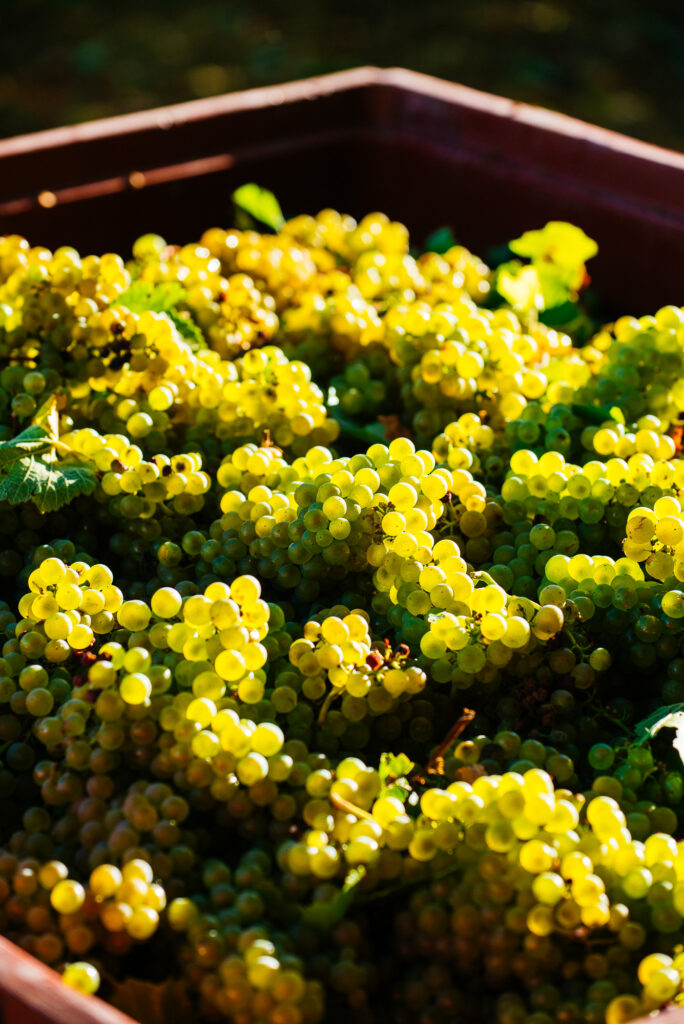Bijou rosé: the journey from vine to bottle
The process that turns grapes into the delicious wine inside every bottle of Bijou requires extreme attention to detail and involves a number of complex techniques. Together with our team of talented winemakers and growers we have tailored the different winemaking processes, combining tradition with innovation, to ensure that the best quality wine possible is made.
The first stage in any winemaking process is the “vendange” or harvest. The grapes are handpicked in the very early hours of the morning before the sun rises. At this time of day the temperatures are far cooler and help to keep the sugar levels stable. Stable sugars give us more control during the fermentation process, allowing us to concentrate and enhance the aromas and flavours.
On arrival at the winery the grapes are separated from their stems and gently crushed. We use the direct pressing technique which involves very little contact with the skins in order to maintain the beautiful pale colour of our rosés. Since the colour is held in the grapes’ skins, this is an essential part of the process, especially for darker grape varieties such as Syrah.
Once the grapes have been pressed, the juice is placed in stainless steel vats where the alcoholic fermentation begins. These vats are temperature controlled and held at 12-14 degrees celsius during the fermentation which lasts just under 3 weeks. This long and cool fermentation enhances the aromatic character of the varietals and maximises the flavour profile, bringing out notes of citrus, red berries and stoned fruits.
Once fermentation is complete the wine undergoes racking. In simple terms, racking is moving the wine from one vat to another which leaves any sediment behind. Without racking, the wine would sit on the sediment and develop unwanted aromas.
The final and most defining stage of the process is the blending. Samples from each vat are taken and tasted under high scrutiny by the entire team. Blending is an extremely complex art that requires skill and patience. Blends are created on a micro-scale using test tubes and measuring cylinders. One must consider a huge number of factors during blending where the smallest alteration can make the difference between a good wine and an outstanding one. Once the blend has been established it is time to prepare for bottling.
Before bottling the wine undergoes fining. The fining process removes unwanted material from wine and is part of the clarification process. Without it the wine would look hazy and might develop deposits in the wine. The fining agents that we use are pea proteins which make Le Bijou de Sophie Valrose completely suitable for vegans and vegetarians.
The selected vats are carefully blended together and the wine is filtered to remove any tiny particles. The wine is finally bottled and packed, ready to be shipped all over the world to our many wonderful customers.



